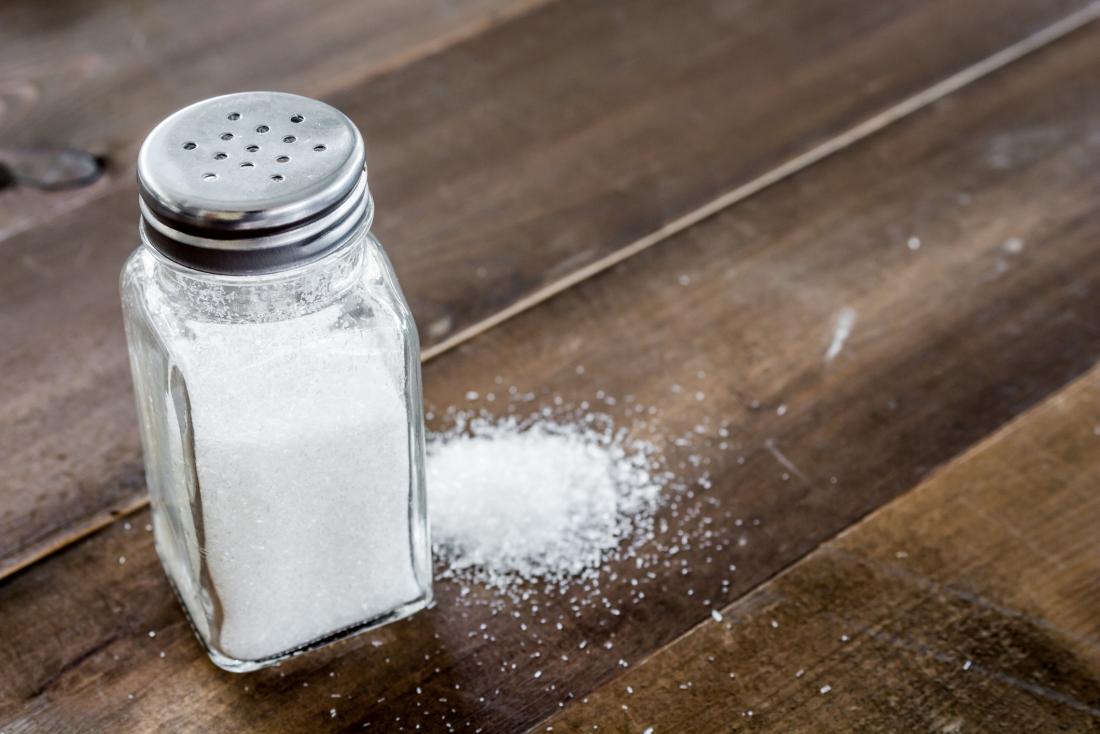
A new study has explored how reducing sodium intake can help patients with heart-failure”>heart failure. The findings of the study were published in the journal, ‘The Lancet’. Though reducing salt intake did not lead to fewer emergency visits, hospitalisations or deaths for patients with heart-failure”>heart failure, the researchers did find an improvement in symptoms such as swelling, fatigue and coughing, as well as better overall better quality of life.
The researchers have followed 806 patients at 26 medical centres in Canada, the United States, Columbia, Chile, Mexico and New Zealand. All were suffering from heart-failure”>heart failure, a condition in which the heart becomes too weak to pump blood effectively. Half of the study participants were randomly assigned to receive usual care, while the rest received nutritional counselling on how to reduce their dietary salt intake.
Patients in the nutritional counselling arm of the trial were given dietitian-designed menu suggestions using foods from their own region and were encouraged to cook at home without adding salt and to avoid high-salt ingredients. Most dietary sodium is hidden in processed foods or restaurant meals rather than being shaken at the table, Ezekowitz noted.
“The broad rule that I’ve learned from dietitians is that anything in a bag, a box or a can generally have more salt in it than you would think,” said Ezekowitz, who is also a cardiologist at the Mazankowski Alberta Heart Institute and director of the U of A’s Cardiovascular Research Institute.
The target sodium intake was 1,500 milligrams per day — or the equivalent of about two-thirds of a teaspoon of salt — which is the Health Canada recommended limit for most Canadians whether they have heart-failure”>heart failure or not.
Before the study, patients consumed an average of 2,217 mg per day or just under one teaspoon.
After one year of study, the usual care group consumed an average of 2,072 mg of sodium daily, while those who received nutritional guidance consumed 1,658 mg per day, a reduction of a bit less than a quarter teaspoon equivalent.
The researchers compared rates of death from any cause, cardiovascular hospitalization and cardiovascular emergency department visits in the two study groups but found no statistically significant difference.
They did find consistent improvements for the low-sodium group using three different quality of life assessment tools, as well as the New York Heart Association heart-failure”>heart failure classification, a measure of heart-failure”>heart failure severity.
Ezekowitz said that he will continue to advise heart-failure”>heart failure patients to cut back on salt, but now he will be clearer about the expected benefits. He urged clinicians to recognize that dietary changes can be a useful intervention for some of their patients.

കൈരളി ന്യൂസ് വാട്സ്ആപ്പ് ചാനല് ഫോളോ ചെയ്യാന് ഇവിടെ ക്ലിക്ക് ചെയ്യുക
Click Here







